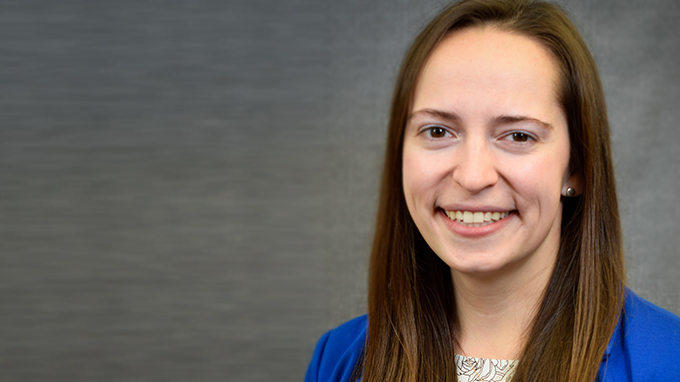Research In Action
Research In Action
Breadcrumb

When I started my freshman year at the University of Kansas, I knew that I definitely wanted to study mechanical engineering but lacked a vision for where this degree would take me after college. One of the great benefits of pursuing mechanical engineering is the breadth of opportunity available in the field, but I worried that I would not find a niche within it where I would thrive.
During my sophomore year, I discovered that I really enjoyed bioengineering research as it relates to mechanical engineering. This newfound knowledge motivated me to apply for summer research opportunities in bioengineering.
When I applied to CIRP's Injury Science Research Experiences for Undergraduates (REU) program, sponsored by the National Science Foundation (NSF), I had never really thought about automotive safety or injury biomechanics as a field of study, especially as they related to mechanical engineering, but I soon changed my mind when exposed to CIRP@CHOP’s pediatric biomechanics research team.
During the summer of 2014, I worked with Thomas Seacrist, Dr. Kristy Arbogast, Dr. Helen Loeb, and Dr. Saba Pasha on a variety of projects relating to injury biomechanics and orthopedics. My main project involved comparing the neck loading of a new pediatric anthropometric device, also known as an ATD or crash test dummy, to previous studies of pediatric ATDs and size- and age-matched pediatric volunteers in low-speed sled tests.
We used a three-dimensional motion capture system to track the motion of the ATD and calculate the forces experienced by the neck. By comparing the new ATD to the previous ATDs and human volunteers, we were able to evaluate if the new ATD was indeed more biofidelic (human-like) than previous versions.
I also had the opportunity to work on a naturalistic driving study in collaboration with Monash University in Australia and an X-ray image processing project with CHOP’s Department of Orthopedics.
Improving Lives Through Research
These experiences working at CIRP helped me to see the integral connection between engineering and medicine to develop research-based solutions to improve the lives of real people. I really connected with how injury biomechanics research could directly impact the safety and well-being of people.
Being a part of CIRP inspired me to continue automotive safety and injury biomechanics research and helped me decide to pursue graduate studies in this field. It’s the right fit for me, combining my foundation in mechanical engineering with my interest in biomedical research, motivated by a desire to use research to truly help people.
Working at CIRP also taught me the importance of collaborations within the research community, especially through international partnerships. Through a connection with CIRP, I developed a research project with Professor Mats Svensson of Chalmers University of Technology in Gothenburg, Sweden to use naturalistic driving analysis to evaluate passenger posture and how it relates to safety outcomes.
I was fortunate to be selected for the Whitaker Fellowship for this upcoming academic year to pursue this project at Chalmers. After spending the next year in Sweden, I will continue similar research at The Ohio State University in a Biomedical Engineering PhD program.
I am very excited to continue learning about the injury biomechanics field and to further my research experience. Looking back, I am so thankful for the many people at CIRP@CHOP who helped me to realize my interest in injury biomechanics and to inspire me to pursue a research career in this field.

